Exceptional Indoor and Outdoor Views from Dream Makers Landscape
The staff at Dream Makers Landscape is ready to help you enhance the look and feel of your property with our exceptional landscaping projects
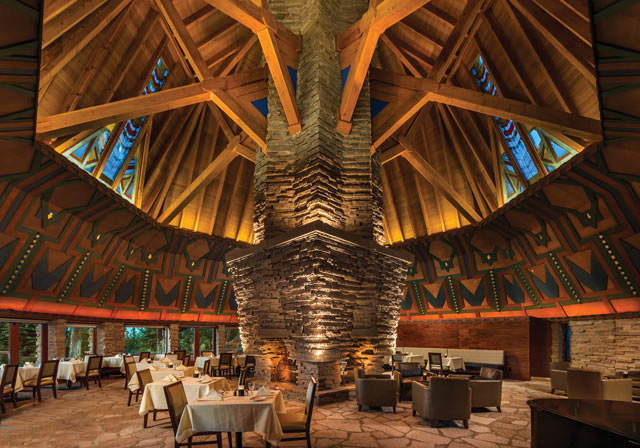
By 2010, the clubhouse at the golf facility then known as The Dragon at Gold Mountain looked as if a beast had actually attacked it. Fallen ceiling tiles littered the floor. Leaky pipes left streaked and cracked walls. Stacks of chairs and tables climbed the corners. Outside, the course once touted as a “must-play” when it opened in 2000 had been rendered inoperable by a 2006 bankruptcy. Only the graciousness of local homeowners prevented the course from going fallow.
While the Dragon represents an early casualty in a decade (2005-2014) during which 570 courses closed, its failure owed not to a sudden downturn in the economy but to two factors.
The first was its location in the golf-rich Graeagle area of the northern Sierra Nevada, about 70 miles northwest of Reno and about an hour north of Truckee, California, where four other top-notch destination courses reside.
The second, more damaging factor was the course’s difficulty. Under orders from then-owners Dariel and Peggy Garner, course designer Robin Nelson laid out a demanding test that twisted through towering pines, rising and falling above a gorge carved by the Feather River. The Dragon featured raised and wickedly sloped greens, exasperating approach shots and narrow fairways. The original marketing campaign was “Send Me Your Heroes,” and come they did when the course opened. But they never returned. The Dragon was a “one-and-done” experience.
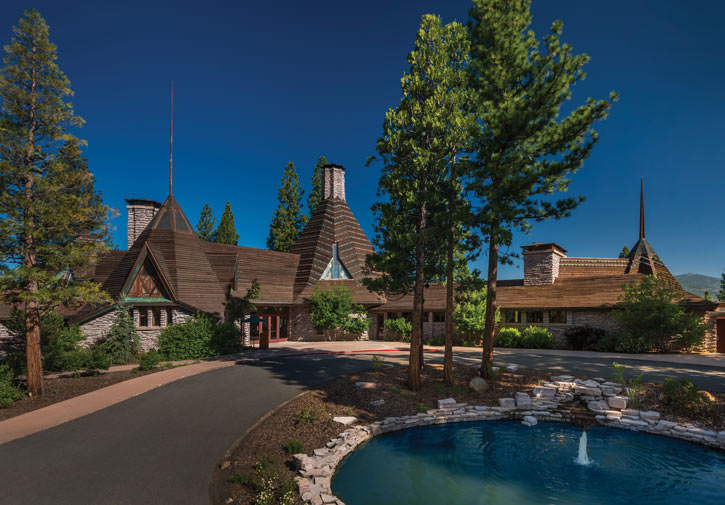
However, the Garners deserve credit for recognizing the uniqueness of a clubhouse the architect Frank Lloyd Wright originally designed in the 1923 for Nakoma Golf Club in Madison, Wisconsin. That club rejected the design, and for more than 75 years the Nakoma blueprints sat in a file kept by the Frank Lloyd Wright Foundation at Taliesin West in Arizona. The Garners obtained the rights and, after a couple years’ worth of construction, Wright’s vision of Nakoma finally came to fruition in 2001.
Paying homage to Native American culture, Nakoma’s cedar and copper roofline evokes a collection of wigwams, with the largest teepee coming to a chimneyed peak in the center. Sharp spires doubling as lightning rods stab the sky. Low-ceilinged entrances open into vast gathering spaces, reflecting the group-togetherness of the Native American cultures.
In 2010, Michael Schoff, the CEO of the Tucson-based Schomac Group, bought the property. He recognized that the architectural gem—which also boasts an expansive outdoor patio that overlooks the Sierra, the forest and river—was a good place to start rejuvenating the facility. His group renamed the club Nakoma Golf Resort.
It soon glowed as Wright had intended. Nakoma’s spectacular octagonal Wigwam Room functions as the main dining area. Exposed beams in geometric patterns soar 60 feet above the tables surrounding an enormous fireplace that opens from all four sides and rises into the enormous stacked-stone chimney thrusting through the ceiling. Stained-glass windows inspired by Native American forms refract colorfully on the interior stonework, while a warm, earthy palette predominated by umbers, ochre and dark green limns the outsized Native American shapes on the walls.
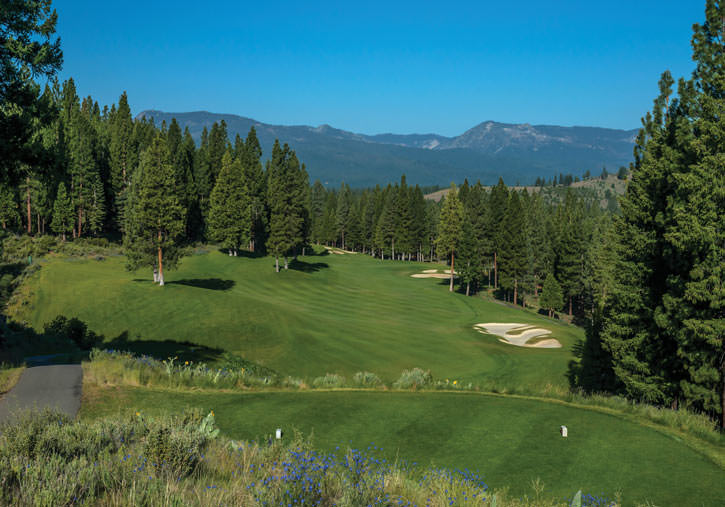
Serving “ingredient-driven, seasonally-inspired” food amid this spendor, the Wigwam Room ranks as one of the finest restaurants in northern California. Also housed in the clubhouse, Nakoma’s spa enjoys the reputation as the best in the region.
Dan Gallagher, now the general manager, says the clubhouse “saved” the course. The course, however, needed some saving, too.
“The first impression among us was that it had fantastic bones, but it was going to take some elbow grease to get it back to where it should be,” Gallagher says. “But ultimately no one was daunted by hearing how hard it was.”
Schomac widened fairways, added five new tee boxes, reshaped greens and removed myriad trees and no fewer than two-dozen bunkers. “Players say, ‘Yes, you have softened it. Yes, it’s more reasonable’,” Gallagher admits. But he won’t go too far. “It’s the Dragon. It’s notorious, it’s a place where a lot of people feel they have to come and play.”
They also come to mountain bike in the nearby Lost Sierra and Quincy regions, hike to the Plumas National Forest and fish the Feather River and its ample watershed. Winter brings snowshoers and cross-country skiers. The resort runs weekend shuttles to Northstar Ski Resort in Truckee.
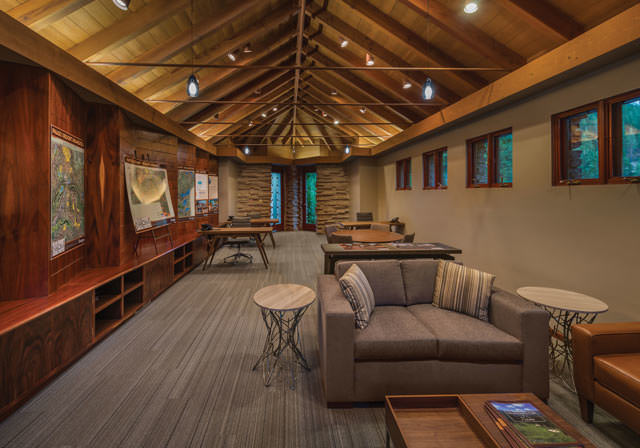
To accommodate them, the twelve luxury Villas at Nakoma villas along the course’s 10th fairway come in studio, one- and two-bedroom units. Designed by Taliesin-trained architects Martin Newland and Elisabeth Winnen, they echo the structural elements of the clubhouse without mimicking them.
In addition, Schomac last year debuted a new 42-room lodge adjacent to the eighth green. The architectural firm, Reno-based Cathexes, emulated Wright’s principles by combining
raw and natural materials such as tumbled travertine, antique woods, and stone with exposed concrete floors, hot molded steel and floor-
to-ceiling windows.
According to principal Don Clark, “We wanted to answer the question, ‘What would Frank Lloyd Wright do today?’”
For more information: nakomaresort.com; 877-462-5662.
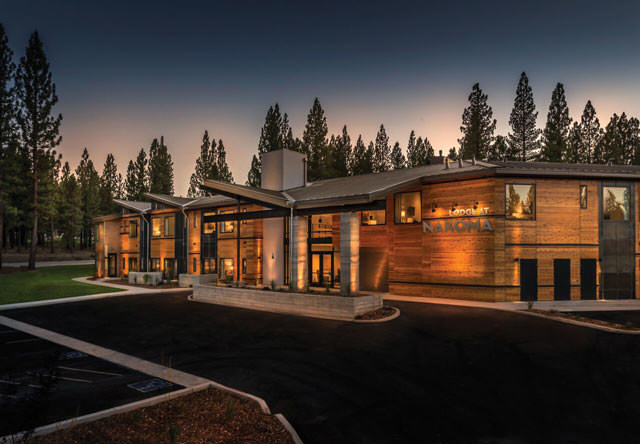
Ted Johnson is a California-based contributor for Colorado AvidGolfer, the state’s leading resource for golf and the lifestyle that surrounds it. Follow us on Twitter, Facebook and Instagram.
RELATED ARTICLES:
Tom Doak Reverses Course at Forest Dunes
Bandon Confidential: 10 Insider Tips For Your Bandon Golf Trip
The staff at Dream Makers Landscape is ready to help you enhance the look and feel of your property with our exceptional landscaping projects
Golftec’s Nick Clearwater Takes Marisa Through a Lesson